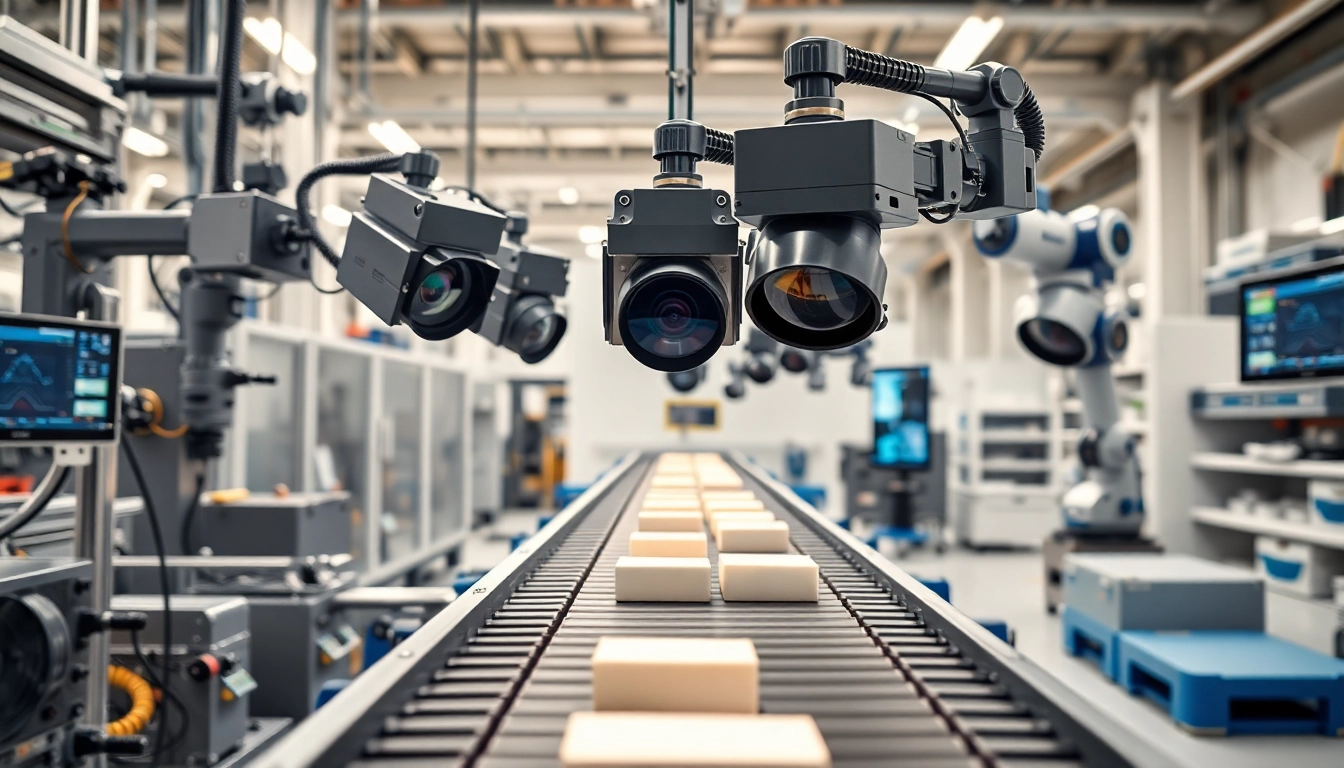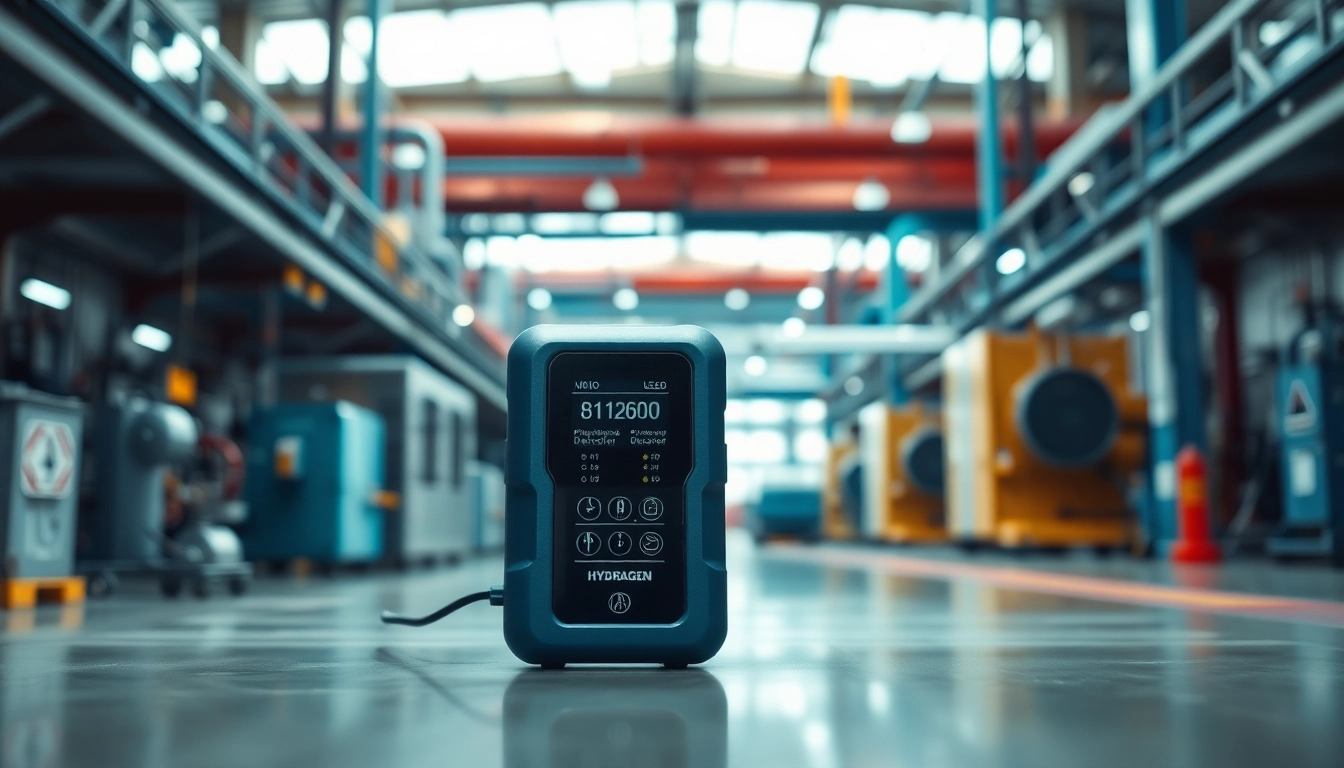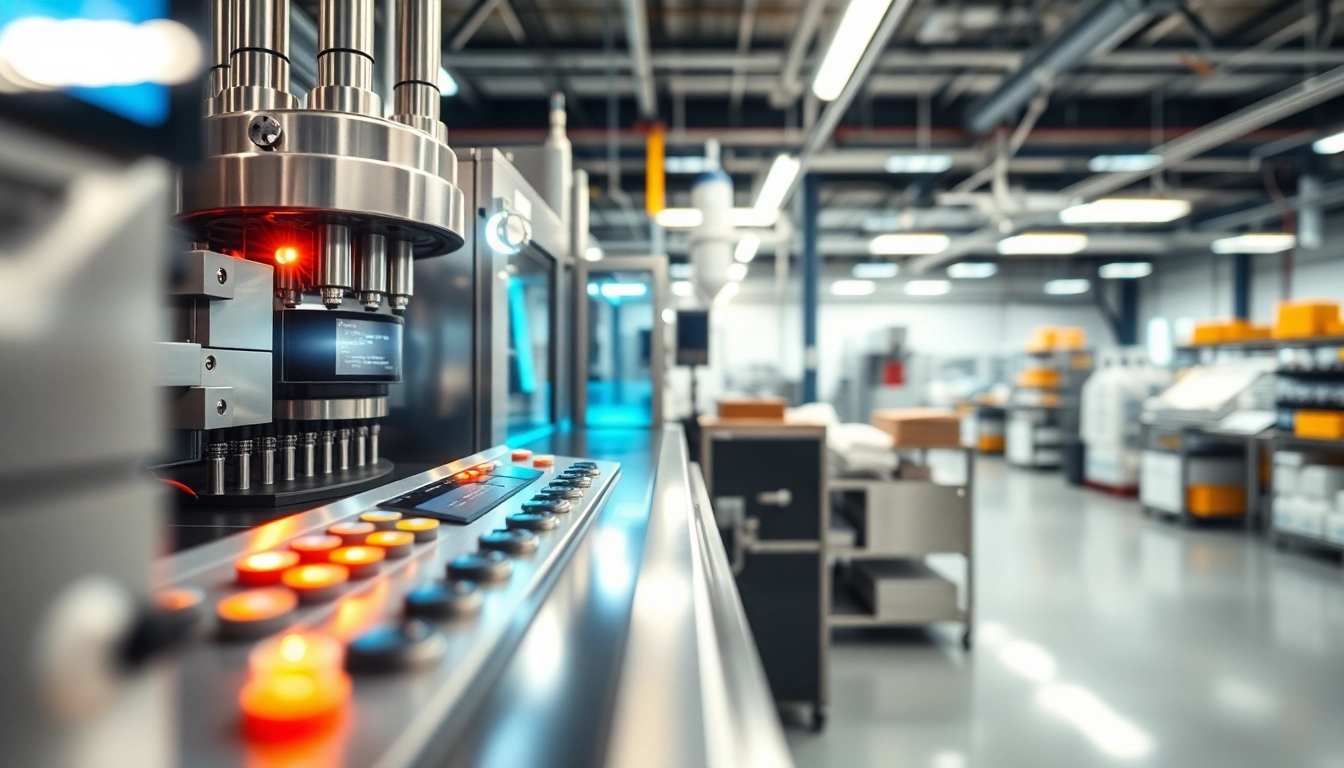1. What is Machine Vision?
1.1 Definition and Basic Concepts
Machine vision is a technological domain that networks various computer processes to enable machines to interpret and understand visual information from the world around them. It effectively integrates hardware, software, and algorithms—primarily utilizing cameras and sensors to capture live images, which are then transformed into actionable data. This technology serves numerous applications, particularly in industrial automation, where it assists in processes ranging from quality control to robotic guidance.
At its core, machine vision employs methods of image acquisition and processing to replicate the human ability to see and analyze visual data. Unlike traditional imaging systems, which may simply display an image, machine vision systems dynamically interpret and respond to visual inputs, shaping them into useful information that can be acted upon in real-time.
1.2 The Science Behind Machine Vision Systems
The science of machine vision revolves around several fundamental principles. It begins with image capture, predominantly using cameras that may be complemented by various lighting techniques to enhance visibility. The visual data is then digitized through analog-to-digital conversion, a critical step where the captured images are translated into a format that computers can process.
Subsequent processing involves applying algorithms to identify patterns, detect defects, or classify objects within the images. Techniques such as edge detection, object recognition, and machine learning are common, where the system learns from previous inputs to improve accuracy in future assessments. The culmination of these processes allows machines not only to “see” but to “understand” the images they are analyzing, making decisions based on predefined parameters.
1.3 Key Components of Machine Vision Technology
Machine vision systems consist of several key components that work cohesively to facilitate effective visual processing:
- Cameras: The most critical component for capturing images. Cameras can vary in type, such as monochrome or color, and can utilize different resolutions based on the application’s requirements.
- Lighting: Adequate lighting is essential to ensure image quality and consistency. Specialized lighting techniques, including backlighting and diffuse lighting, enhance the visibility of the features being inspected.
- Processing Hardware: This includes computers or embedded systems that carry out image processing and analysis. They run the necessary software algorithms that transform raw images into interpretable data.
- Software: Algorithms tailored for specific tasks guide the image processing, enabling functionalities like defect detection, measurement, and sorting.
2. Applications of Machine Vision Across Industries
2.1 Quality Control and Inspection
One of the most common applications of machine vision is in quality control and inspection across various industries. Machine vision systems have redefined traditional inspection processes, enabling automated quality checks that can catch defects and inconsistencies much faster than human inspectors.
For example, in the manufacturing sector, machine vision systems can be integrated into assembly lines to ensure that products meet quality standards at every stage of production. By employing high-resolution cameras, these systems can identify missing components, surface defects, and dimensional inaccuracies effectively.
Companies have reported significant improvements in defect detection rates, boosting overall productivity and reducing waste. Industries such as food and beverage often utilize machine vision to scan for foreign objects in products or verify packaging integrity, ensuring compliance with safety standards.
2.2 Robotics and Automation Integration
Machine vision plays an essential role in the further development of robotics and automation. By enhancing robots’ capabilities to perceive their environment, machine vision allows for more precise and responsive operations.
For instance, robots equipped with machine vision can adapt their actions based on the visual inputs they receive. This includes recognizing items on conveyor belts, navigating their surroundings, and performing pick-and-place operations with greater accuracy. The integration of these systems enhances operational consistency and safety in automated environments.
Moreover, advancements in artificial intelligence (AI) have taken robotic capabilities to the next level, allowing machines to learn and adapt to various tasks over time based on the visual data they process.
2.3 Machine Vision in Healthcare and Research
In healthcare, machine vision technology has opened new frontiers in diagnostics and patient care. Medical imaging techniques, such as MRI and CT scanning, utilize machine vision principles to provide high-quality visual data that medical professionals rely on for diagnosis and treatment planning.
Furthermore, machine vision systems enable automated cell counting and analysis in laboratory settings, significantly enhancing research capabilities in fields such as genomics and drug discovery. For example, they can quickly identify and analyze cell structures or evaluate the effectiveness of new drugs based on visual criteria.
The potential of machine vision in healthcare continues to expand, as researchers explore its applicability in minimally invasive surgeries and real-time diagnostics.
3. Benefits of Implementing Machine Vision
3.1 Enhanced Efficiency and Accuracy
Implementing machine vision leads to significant enhancements in efficiency and accuracy in various processes. For industries involved in mass production, machine vision systems can inspect thousands of products per hour, outperforming human capabilities.
This accuracy ensures that defects are detected early in the production cycle, reducing the risk of faulty products reaching consumers. Companies leveraging machine vision have reported reductions in error rates and an overall improvement in quality assurance processes.
3.2 Cost Reduction and Increased Productivity
Automated inspection through machine vision not only improves output quality but also leads to cost reductions. By minimizing the need for manual inspection, companies can reduce labor costs and reallocate personnel to more value-added tasks.
Moreover, the speed of machine vision systems allows for a greater volume of products to be processed in less time, leading to increased productivity overall. Systems can work round-the-clock without fatigue, enabling organizations to maintain higher production rates with lower operational costs.
3.3 Data Collection and Process Improvement
Machine vision systems create comprehensive data logs that contribute to better understanding and improvement of manufacturing processes. The data collected allows companies to identify trends, monitor machine performance, and optimize workflows.
This data-driven approach facilitates continuous improvement strategies, helping organizations to innovate and adapt to changing market demands. Additionally, the analytical capabilities offered by machine vision support decision-making processes by providing insights into production efficiencies and quality control metrics.
4. Challenges in Machine Vision Systems
4.1 Technical Limitations and Solutions
While machine vision systems offer numerous advantages, they also present technical challenges that organizations must address. These include limitations in image quality under various environmental conditions, such as inadequate lighting or vibrations during operation.
To mitigate these challenges, companies can invest in high-quality optics and advanced lighting setups tailored to specific applications. Additionally, integrating machine learning algorithms can enhance image processing capabilities, allowing systems to adapt to changing conditions and improve reliability.
4.2 Integration with Existing Systems
Integrating machine vision systems with existing manufacturing processes can prove challenging due to compatibility issues with legacy systems. Successful implementation often requires careful planning and may involve significant system upgrades or redesigns.
Ensuring seamless integration can be achieved through the use of modular systems designed for flexibility, allowing organizations to customize their approach according to specific requirements. Collaboration with experienced vendors can also facilitate smoother integration and provide expert support.
4.3 Training Personnel for Effective Use
As with any technology, the effectiveness of machine vision is largely dependent on the personnel operating the systems. Comprehensive training programs are essential to equip staff with the necessary skills to manage, operate, and troubleshoot the technology.
Organizations should invest in ongoing training to adapt to new advancements in machine vision technology and ensure optimal utilization of their systems. Providing hands-on experience along with theoretical knowledge can enhance employees’ confidence in using machine vision tools.
5. Future Trends in Machine Vision Technology
5.1 AI and Machine Learning Integration
The integration of artificial intelligence (AI) and machine learning in machine vision technology promises to advance the field significantly. AI algorithms can analyze vast amounts of visual data, improving the accuracy of object recognition and defect detection.
Moreover, AI-driven machine vision systems can continuously learn from new data inputs, allowing them to adapt to evolving production processes and enhance decision-making capabilities. This evolution is paving the way for more autonomous systems that can function without human oversight in complex environments.
5.2 Evolution of Image Processing Techniques
As computational power increases, the evolution of image processing techniques will continue to redefine machine vision capabilities. Innovations in algorithms and image analysis, such as deep learning and neural networks, are set to enhance performance, enabling systems to perform more intricate tasks and achieve higher accuracy rates in visual inspections.
These advancements will support the broader adoption of machine vision in diverse sectors, extending applications beyond traditional manufacturing and into areas such as security and surveillance, retail analytics, and smart cities.
5.3 Expanding Applications and Innovations
With the rapid advancement of technology, the applications of machine vision are expanding into new and innovative areas. From autonomous vehicles and drone navigation to enhanced AR/VR experiences, machine vision is becoming instrumental in the development of future technologies that rely on visual perception.
The trend towards smart manufacturing and Industry 4.0 will further drive the integration of machine vision systems across various domains. Organizations that harness these innovations will be better positioned to enhance efficiency, gauge performance metrics, and maintain a competitive advantage in their respective markets.



